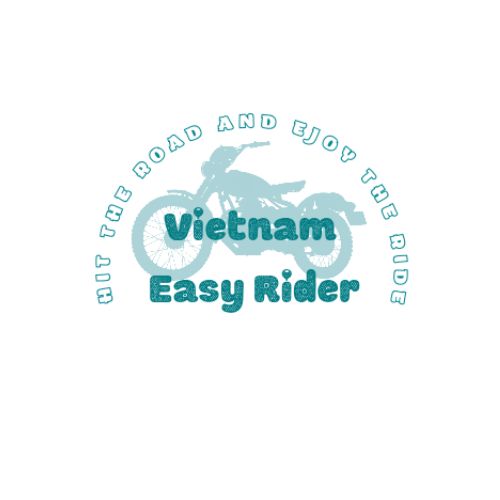Hanoi - Historical and Beautiful Capital in Vietnam
Hanoi in Vietnam attracts many tourists who then mostly conclude that it might be Asia’s most beautiful city. Besides beautiful, some use “historical and interesting” to describe Hanoi.
Hanoi is a capital of Vietnam and located in the North. This is the second largest city in Vietnam after Ho Chi Minh City (or Saigon). In term of political role, Hanoi is the most significant center. The infrastructure system of this city in the urban areas grows fast. Also, Hanoi is the renowned tourist attraction to visit once in a lifetime.
Brief History of Hanoi
The ancient Hanoians have long inhabited there at least 3000 BC. Historically, Co Loa Citadel was found as one of the first known permanent settlement about 200 BC ago. Going through the long history under the Chinese domination and French occupation, Hanoi has got various names, but then in the year of 1831, Ming Mang King officially named it as “Ha Noi” (meaning “the hinterland between the rivers”), which become the cherished name of the capital today. The other milestone to remember is on July 2, 1976 – Hanoi became the capital of the reunified Vietnam.
Geography
Hanoi is in the Red River Delta, in the center of Northern Vietnam. About the surrounding of the capital, it is Thai Nguyen and Vinh Phuc Provinces to the north; Bac Giang, Bac Ninh, and Hung Yen Provinces to the east; Hoa Binh and Phu Tho Provinces to the west, Hoa Binh and Ha Nam Provinces to the south. The territory of Hanoi is embraced and washed by the Red River of nearly 40km long. Besides, there are several other rivers that flow through the capital constantly.
At the north corner of Hoan Kiem Lake, you see the footbridge leading to Ngoc Son Temple. The old temple could be dated back to 1225. It looks ancient, beautiful, and religious with Confucianism ornamentation. The tourists come to this tranquil spot to cherish its antique architecture, find peace of mind, etc.
Temple of Literature
Ho Chi Minh Mausoleum and One-Pillar Pagoda
Then, One-pillar Pagoda is the symbolic attraction in Hanoi. Originally, it was built during the reign of Emperor Ly Thai To who got inspiration about the pagoda from a dream. The one-pillar architecture still attracts many visitors today, and a trip to Hanoi will not be complete if you don’t come to see the one-pillar religious treasure.
The West Lake (Ho Tay), Tran Quoc Pagoda, and Quan Thanh Temple
Around the Lake, there stand out the two significant religious addresses: Tran Quoc Pagoda and Quan Thanh Temple. Tran Quoc Pagoda is one of Vietnam’s oldest pagodas and the cultural symbol of Buddhism. It was constructed by King Ly Nam De (544-548). Today, the pilgrims and visitors gather at the pagoda to wish for luck, success, and happiness all year round. Quan Thanh Temple (or Tran Vu Temple) was built by Emperor Ly Thai To (1010-1028), and today is the holy religious heritage with the significant values of history, architecture, and culture. The image of the Temple has long appeared in Vietnamese folk verses.
The Vietnam Museum of Ethnology
The Viet Nam Military History Museum
Hanoi Old Quarter
The Old Quarter of 36 streets is in the center of the capital and mostly crowded with numerous shops. Just a walk around the Old Quarter, you can purchase various items, from the lacquered wood candle sticks to picture frames and decorative pieces. Remarkably, the vendors at each street sell the similar product, which resulted in its name. For instance, Hang Gai (Thread Street) is Hanoi’s best silk shop. The special vibe of Hanoi is kept in the 36 streets, regardless of the storms of numerous modern shops. The traditional and long-lasting shops are still preferable.
Water Puppetry Theater
The art of water puppetry appeared in the Red River Delta in the 11th century and became a great symbol of Hanoi. Enjoying this art right in Hanoi theater makes Hanoi tour more exciting and memorable than ever. As the ticket is affordable, everybody can view the night performance of water puppetry – the very healthy form of entertainment. You can think of the show like this: in a waist-deep pool, the puppeteers hide behind the screen and use the large rod under the water to control the puppet skillfully. The art is truly interesting and meaningful.
Best time to visit Hanoi in Vietnam
About Hanoi weather:
• December to February: Temperature can be as low as 100C, the sky is bright blue, which is ideal for walking tour. Then, in Tet holiday, the cool festive atmosphere makes the Tour enjoyable.
• March and May: Temperature can be over 200C, the sky is very clear, which is ideal for resting and sightseeing. However, drizzles might come, so you’ll need to bring an umbrella.
• June, July, and August: Temperature can reach 400 It’s hot with high humidity. So, if you accept the heat and sweat, bring a big water bottle to go out and explore Hanoi.
• September and November: Temperature steadily drops, then the weather condition becomes comfortable.
So, due to your preference, each month might be the best time to visit Hanoi Capital. In any case, please refer to the weather forecast before you go. In the common thoughts, the most comfortable time for touring Hanoi might be March-May and September-November.
Contact vietnameasyridertour@gmail.com to customize your best tour to Hanoi and its surroundings now!
Hanoi is a capital of Vietnam and located in the North. This is the second largest city in Vietnam after Ho Chi Minh City (or Saigon). In term of political role, Hanoi is the most significant center. The infrastructure system of this city in the urban areas grows fast. Also, Hanoi is the renowned tourist attraction to visit once in a lifetime.
Brief History of Hanoi
The ancient Hanoians have long inhabited there at least 3000 BC. Historically, Co Loa Citadel was found as one of the first known permanent settlement about 200 BC ago. Going through the long history under the Chinese domination and French occupation, Hanoi has got various names, but then in the year of 1831, Ming Mang King officially named it as “Ha Noi” (meaning “the hinterland between the rivers”), which become the cherished name of the capital today. The other milestone to remember is on July 2, 1976 – Hanoi became the capital of the reunified Vietnam.
Geography
Hanoi is in the Red River Delta, in the center of Northern Vietnam. About the surrounding of the capital, it is Thai Nguyen and Vinh Phuc Provinces to the north; Bac Giang, Bac Ninh, and Hung Yen Provinces to the east; Hoa Binh and Phu Tho Provinces to the west, Hoa Binh and Ha Nam Provinces to the south. The territory of Hanoi is embraced and washed by the Red River of nearly 40km long. Besides, there are several other rivers that flow through the capital constantly.
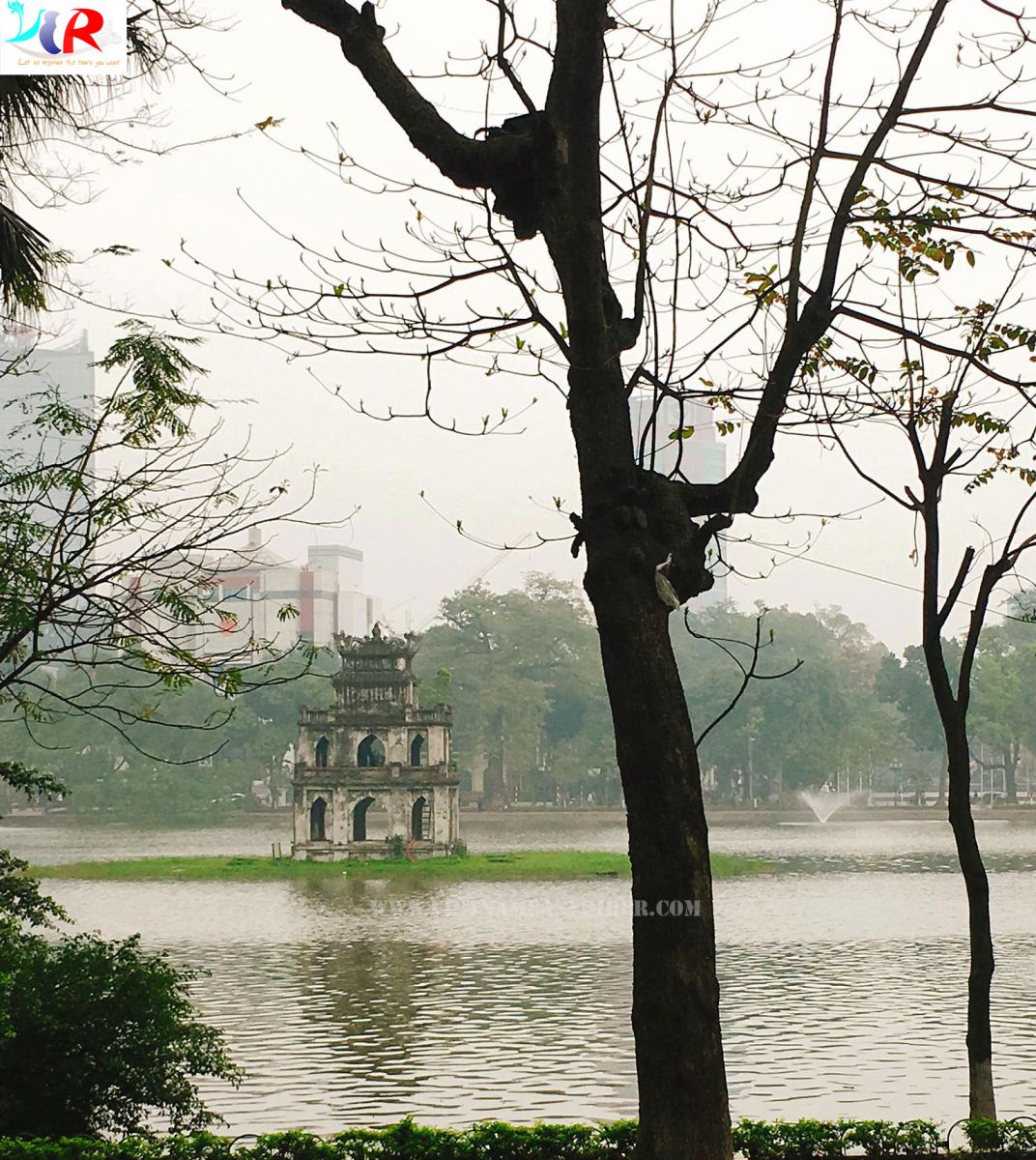
Hoan Kiem Lake
The historical Hoan Kiem Lake has long been an indispensable symbol of Hanoi. It reminds Vietnamese people of the mystic history that Emperor Le Loi returned the magic sword to a giant turtle there, resulting in its name: Hoan Kiem (meaning “restored sword”). Tourists today appreciate the history value of the Lake, and they love walking around it at the sunshine, midday, or after dark.At the north corner of Hoan Kiem Lake, you see the footbridge leading to Ngoc Son Temple. The old temple could be dated back to 1225. It looks ancient, beautiful, and religious with Confucianism ornamentation. The tourists come to this tranquil spot to cherish its antique architecture, find peace of mind, etc.
Temple of Literature
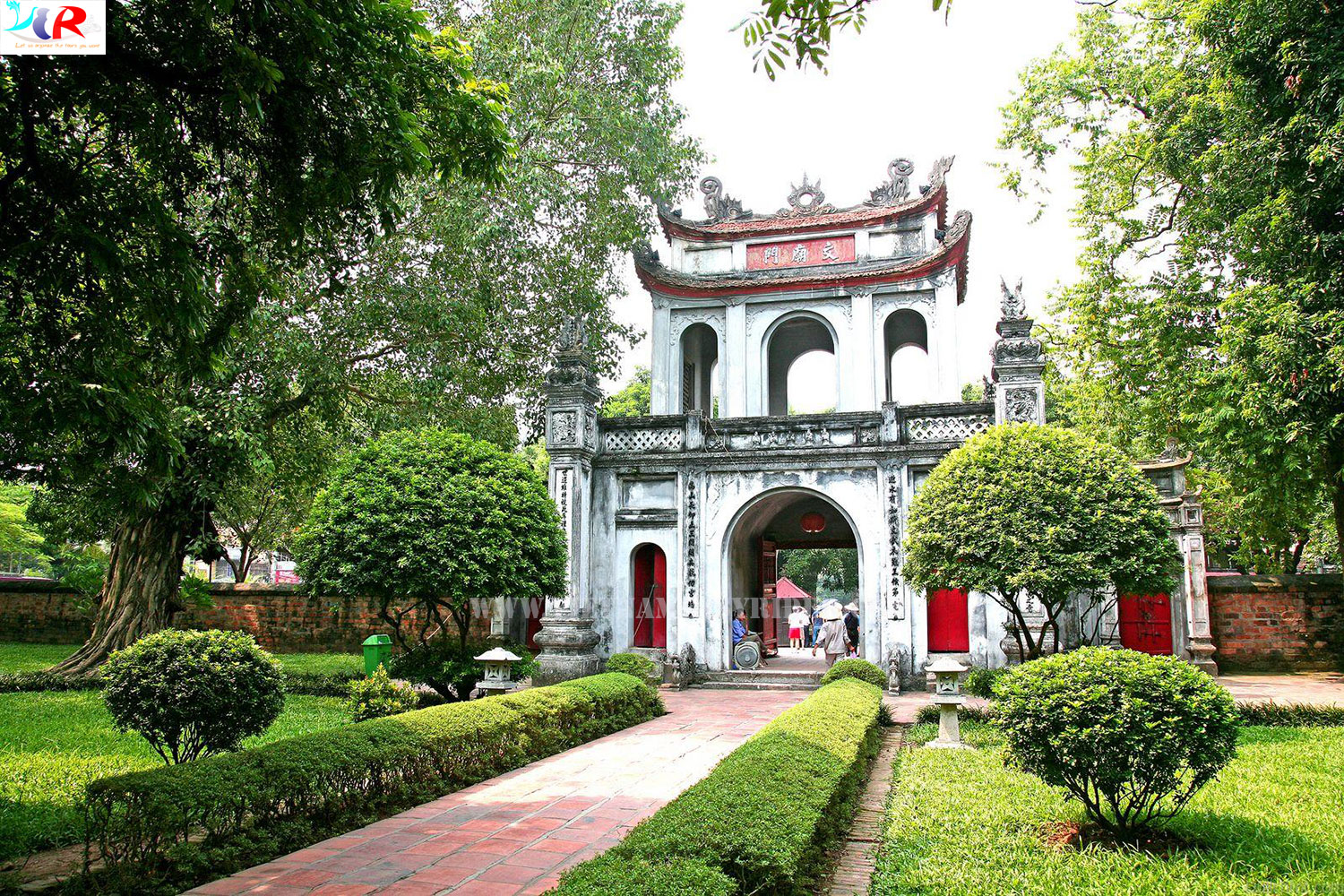
Ho Chi Minh Mausoleum and One-Pillar Pagoda
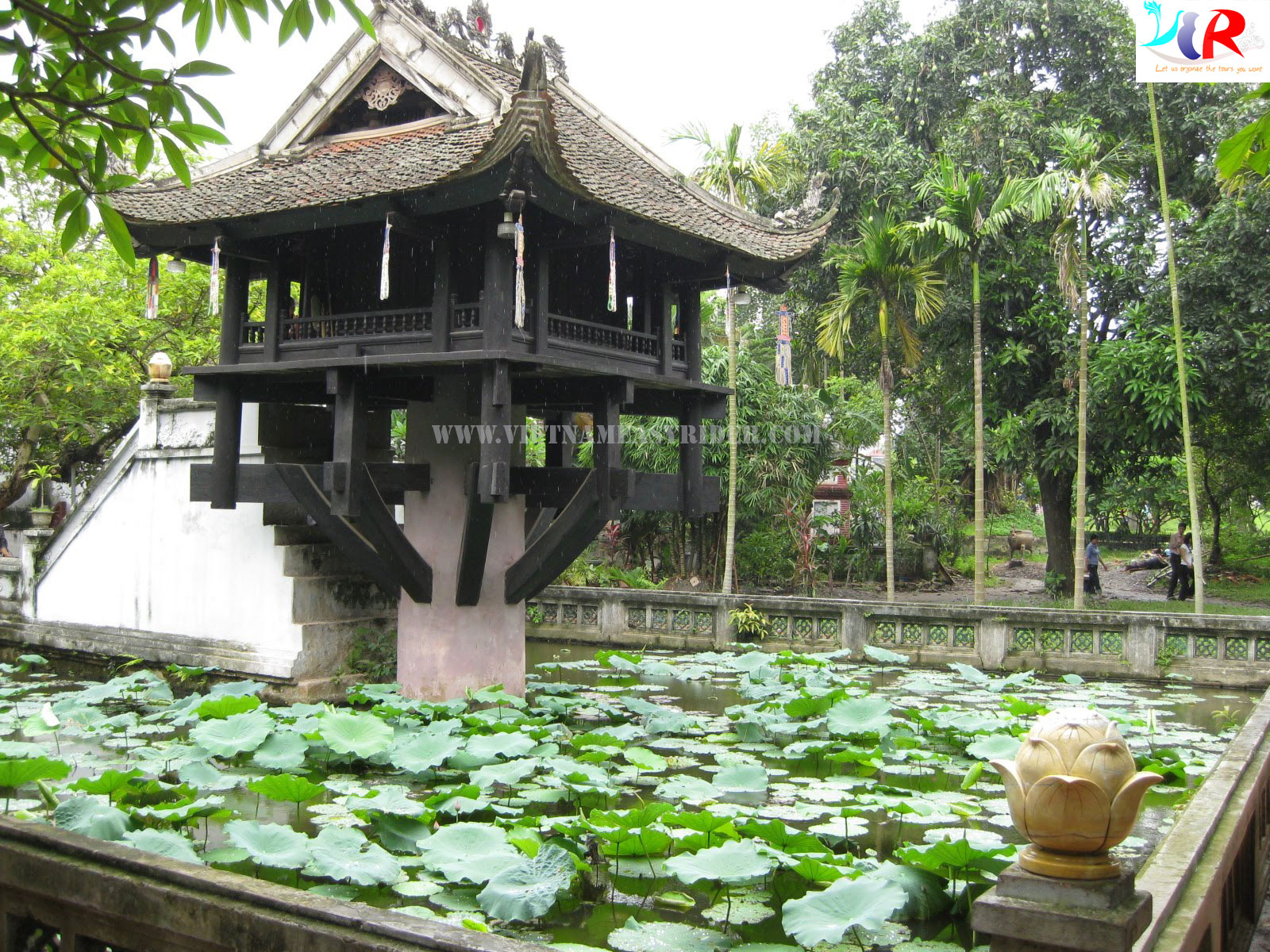
Then, One-pillar Pagoda is the symbolic attraction in Hanoi. Originally, it was built during the reign of Emperor Ly Thai To who got inspiration about the pagoda from a dream. The one-pillar architecture still attracts many visitors today, and a trip to Hanoi will not be complete if you don’t come to see the one-pillar religious treasure.
The West Lake (Ho Tay), Tran Quoc Pagoda, and Quan Thanh Temple
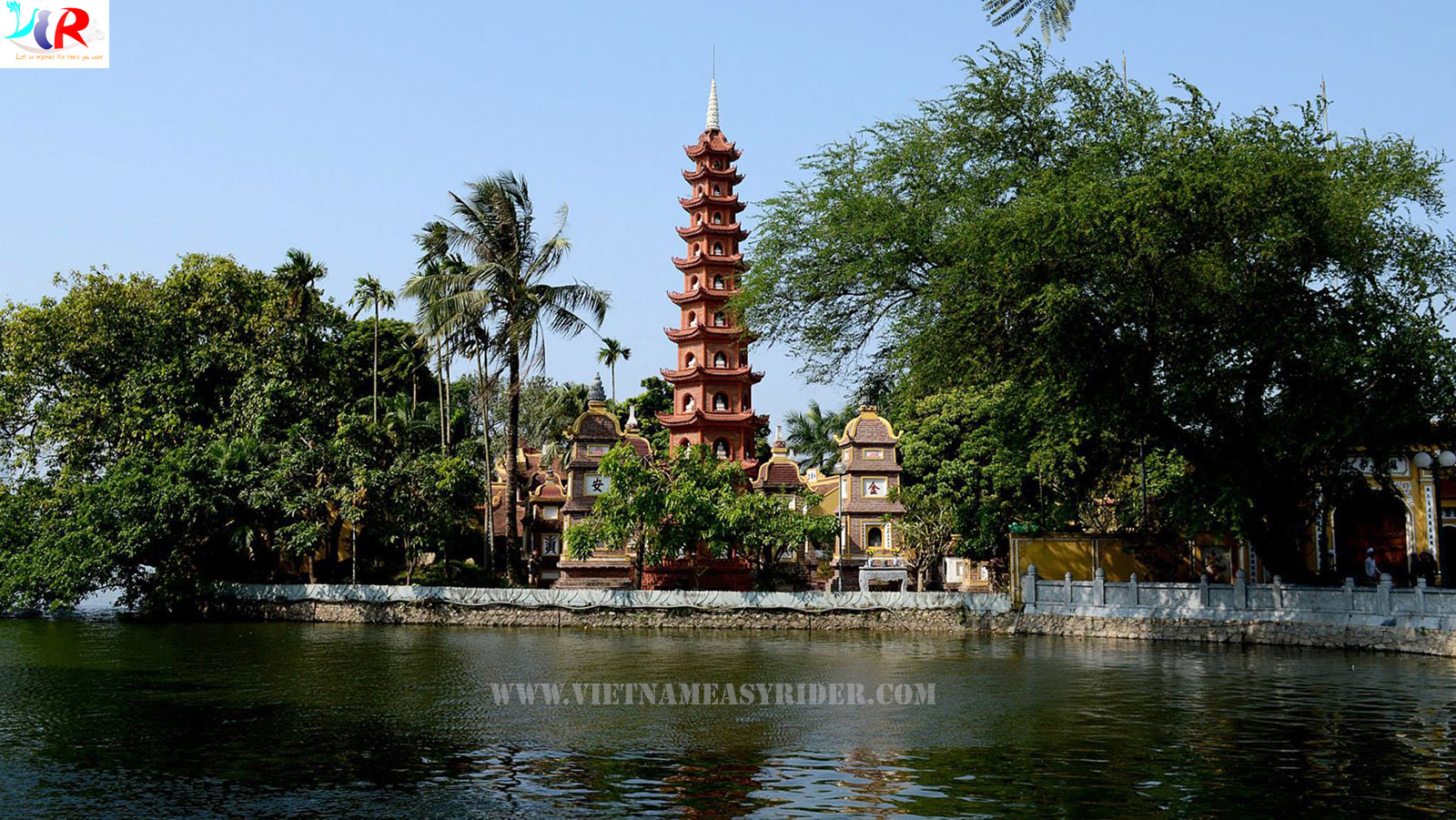
Around the Lake, there stand out the two significant religious addresses: Tran Quoc Pagoda and Quan Thanh Temple. Tran Quoc Pagoda is one of Vietnam’s oldest pagodas and the cultural symbol of Buddhism. It was constructed by King Ly Nam De (544-548). Today, the pilgrims and visitors gather at the pagoda to wish for luck, success, and happiness all year round. Quan Thanh Temple (or Tran Vu Temple) was built by Emperor Ly Thai To (1010-1028), and today is the holy religious heritage with the significant values of history, architecture, and culture. The image of the Temple has long appeared in Vietnamese folk verses.
The Vietnam Museum of Ethnology
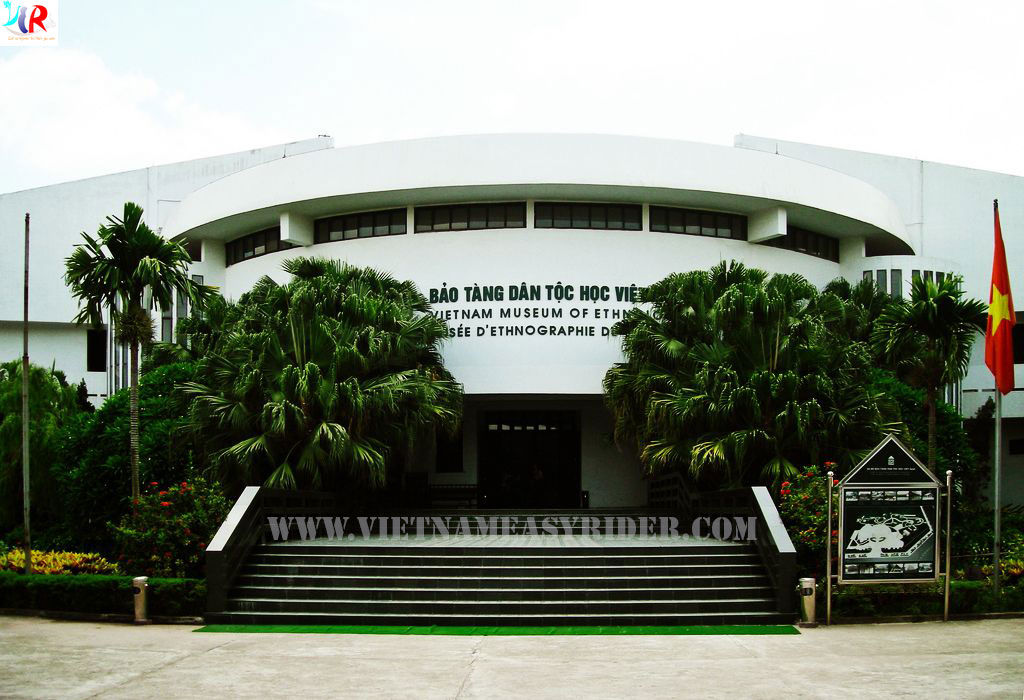
The Viet Nam Military History Museum
.jpg)
Hanoi Old Quarter
The Old Quarter of 36 streets is in the center of the capital and mostly crowded with numerous shops. Just a walk around the Old Quarter, you can purchase various items, from the lacquered wood candle sticks to picture frames and decorative pieces. Remarkably, the vendors at each street sell the similar product, which resulted in its name. For instance, Hang Gai (Thread Street) is Hanoi’s best silk shop. The special vibe of Hanoi is kept in the 36 streets, regardless of the storms of numerous modern shops. The traditional and long-lasting shops are still preferable.
Water Puppetry Theater
The art of water puppetry appeared in the Red River Delta in the 11th century and became a great symbol of Hanoi. Enjoying this art right in Hanoi theater makes Hanoi tour more exciting and memorable than ever. As the ticket is affordable, everybody can view the night performance of water puppetry – the very healthy form of entertainment. You can think of the show like this: in a waist-deep pool, the puppeteers hide behind the screen and use the large rod under the water to control the puppet skillfully. The art is truly interesting and meaningful.
Best time to visit Hanoi in Vietnam
About Hanoi weather:
• December to February: Temperature can be as low as 100C, the sky is bright blue, which is ideal for walking tour. Then, in Tet holiday, the cool festive atmosphere makes the Tour enjoyable.
• March and May: Temperature can be over 200C, the sky is very clear, which is ideal for resting and sightseeing. However, drizzles might come, so you’ll need to bring an umbrella.
• June, July, and August: Temperature can reach 400 It’s hot with high humidity. So, if you accept the heat and sweat, bring a big water bottle to go out and explore Hanoi.
• September and November: Temperature steadily drops, then the weather condition becomes comfortable.
So, due to your preference, each month might be the best time to visit Hanoi Capital. In any case, please refer to the weather forecast before you go. In the common thoughts, the most comfortable time for touring Hanoi might be March-May and September-November.
Contact vietnameasyridertour@gmail.com to customize your best tour to Hanoi and its surroundings now!
CÁC TIN, BÀI KHÁC :
- HOI AN, VIETNAM - TOP THINGS TO DO IN 2023(09/05/2023 15:42:07)
- TOP ATTRACTIONS AND THINGS TO DO IN MUINE IN 2023(02/05/2023 10:53:02)
- Experience to travel to Muine, Vietnam(02/05/2023 10:06:52)
- TOP THINGS TO DO AND SEE IN VIETNAM IN 2023(25/04/2023 13:35:30)
- WHAT TO BRING FOR A MOTORCYCLE TOUR IN VIETNAM(24/04/2023 7:57:14)
- TIPS TO PLAN AN AMAZING MOTORBIKE TOUR IN VIETNAM(24/04/2023 7:42:18)
- HOW TO DRIVE A MOTORBIKE SAFELY IN VIETNAM(20/04/2023 11:47:05)
- BEST PLACES TO VISIT IN VIETNAM(08/12/2019 17:52:03)
- Tam Giang Lagoon in Hue Vietnam(17/10/2019 16:23:42)
- EXPERIENCE TO TRAVEL TO MU CANG CHAI- THE MOST STUNNING TERRACE RICE FIELDS(13/10/2019 13:40:10)
